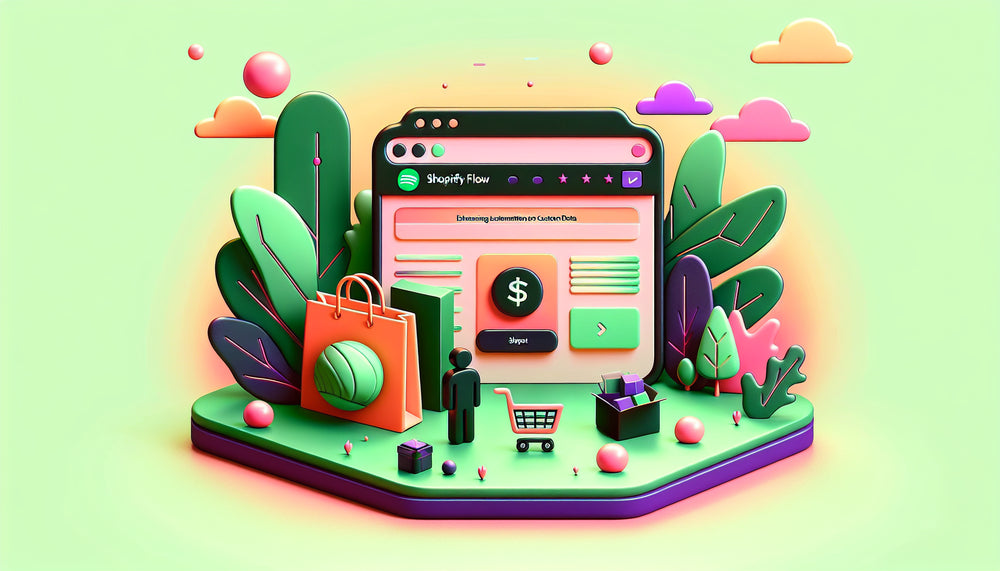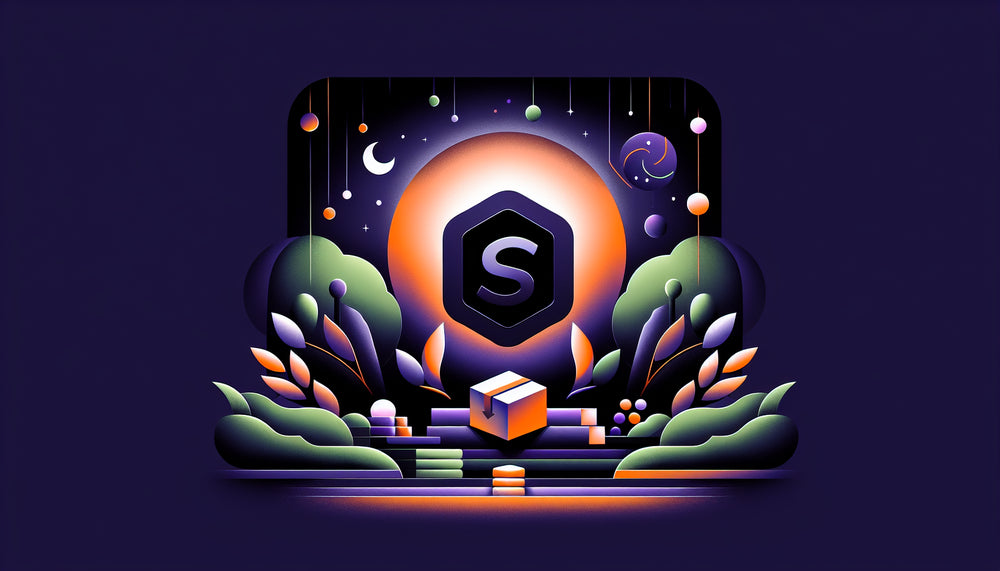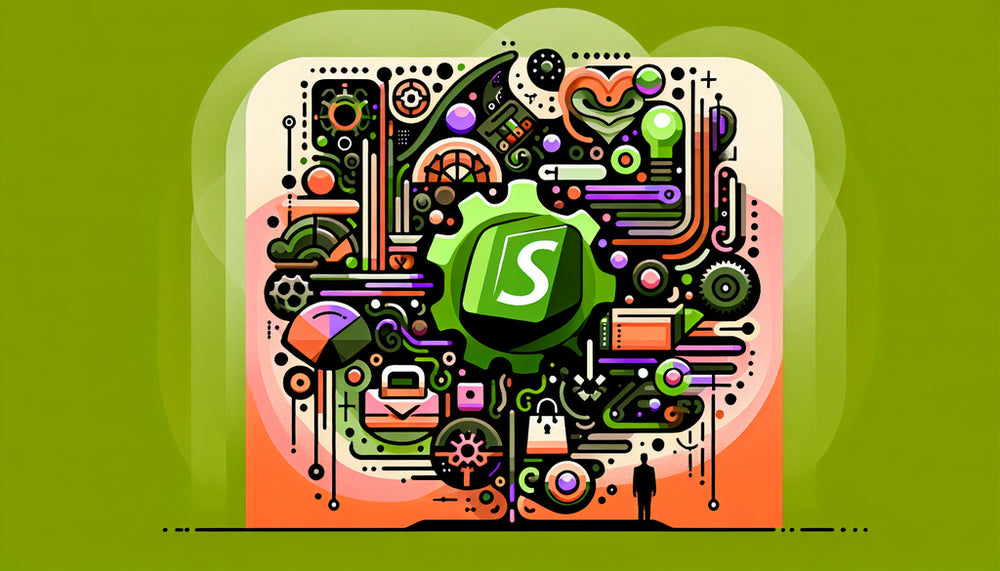Can You Add Customization on Items in Shopify?

Table of Contents
- Introduction
- Why Customization Matters in eCommerce
- Methods to Add Customization on Shopify
- Best Practices for Offering Customization
- Conclusion
- FAQs
Introduction
Have you ever browsed an online shop and wished you could personalize that one-of-a-kind piece just for yourself? Customizable products are not just a luxury anymore; they are a significant trend revolutionizing eCommerce. In fact, about 80% of consumers are more likely to do business with a company that offers personalized experiences. As a Shopify store owner, you might be wondering, "Can you add customization on items in Shopify?"
Absolutely, you can. Shopify's versatile platform allows businesses to offer customizable products to improve customer satisfaction and boost sales. However, the process can be a bit intricate. This blog aims to guide you through the steps and tools needed to add customization to your Shopify store, ensuring a smooth shopping experience for your customers.
Why Customization Matters in eCommerce
Before diving into the actual methods of adding customization, it's essential to understand why it matters. Customization can:
- Enhance customer engagement by offering a unique buying experience.
- Increase conversion rates and average order value.
- Promote word-of-mouth marketing as customers are likely to share their personalized products.
- Differentiate your brand in a crowded market.
These benefits make incorporating customization imperative for online businesses.
Methods to Add Customization on Shopify
1. Using Shopify's Built-In Features
Product Variants
Shopify allows you to create product variants by adding options such as size, color, and material. Each combination of these options becomes a unique variant. Here’s how you can do it:
- Login to your Shopify admin dashboard.
- Navigate to Products, and choose the product to which you want to add customization.
- Scroll to the Variants section and click "Add another option like size or color".
- Enter the option name (e.g., Size, Color) and the option values (e.g., Small, Medium, Large).
- Click Done.
Shopify automatically generates variants based on the options you add. However, this method has a downside: Shopify caps the number of variants at 100, which can be limiting for products requiring many custom options.
Line Item Properties
For customization beyond Shopify's variant limits, you can use line item properties to collect additional information from customers directly on the product page.
- Edit your theme code by navigating to Online Store > Themes > Actions > Edit Code.
- Create a new product template that includes custom form fields by editing the product.liquid file.
- Add form fields such as text boxes, color pickers, or file upload fields to the template. You can use HTML and Shopify's Liquid code.
For example:
<form method="post" action="/cart/add">
<input type="hidden" name="id" value="{{ product.selected_or_first_available_variant.id }}">
<label for="custom-color">Color:</label>
<input type="text" id="custom-color" name="properties[Color]">
<input type="submit" value="Add to cart">
</form>
2. Shopify Apps for Customization
Easify Product Options
This app allows you to create customizable products without hitting Shopify's variant limits. You can add text fields, dropdown menus, checkboxes, and more.
- Install Easify Product Options from the Shopify app store.
- Open the app and start configuring your product options.
- Add the customization fields such as text boxes, color swatches, or dropdown menus.
- Save and Apply these settings to your products.
Kickflip Customizer
Another excellent app for comprehensive customization options is Kickflip:
- Install Kickflip Customizer from the Shopify app store.
- Navigate to the app dashboard, and click "Create New Customization".
- Add components like text input, file upload, or image options.
- Customize the layout and save the settings.
- Preview the changes to ensure everything works seamlessly.
3. Custom Coding
If you need even more flexibility and have coding skills, you can create a custom solution using Shopify's Liquid templating language and APIs.
- Duplicate your active theme for safety.
- Edit the product template to include custom HTML, CSS, and JavaScript code.
- Use Shopify's AJAX API to handle the custom fields and product options dynamically.
- Ensure the customizations are displayed correctly in the cart and checkout pages by modifying the cart.liquid and checkout.liquid templates.
Example Custom Code Using Liquid
{% for field in settings.custom_fields %}
<label for="{{ field.id }}">{{ field.label }}</label>
<input type="{{ field.type }}" id="{{ field.id }}" name="properties[{{ field.name }}]" />
{% endfor %}
Best Practices for Offering Customization
- User-Friendly Interface: Ensure the customization options are easy-to-use and intuitive.
- Real-Time Previews: Show a real-time preview of customizations to boost customer confidence.
- Clear Instructions: Provide clear instructions on how to use the customization features.
- Use High-Quality Images: Show high-quality images, especially for color and design customizations, to give an accurate representation.
- Mobile Optimization: Make sure the customizations are responsive and work well on mobile devices.
Conclusion
Adding customization to items in Shopify is not only possible but also highly beneficial for your business. Whether you choose to use Shopify’s built-in features, third-party apps, or custom coding, the key is to offer a seamless and engaging experience for your customers. By following the methods and best practices discussed, you can successfully implement customization options, differentiate your eCommerce store, and boost customer satisfaction and sales.
FAQs
1. Can I add unlimited product variants on Shopify?
No, Shopify currently has a limit of 100 variants per product. To bypass this, use custom fields or third-party apps like Easify Product Options or Kickflip Customizer.
2. How can I show customization options in the cart?
You can use line item properties to display customization details in the cart. Ensure proper Liquid code is added to your cart.liquid template to display these properties.
3. Do I need coding skills to add customizations?
Not necessarily. Many Shopify apps allow you to add customizable options without any coding knowledge. However, for advanced customizations, some coding might be required.
4. Is it possible to get a real-time preview of customizations?
Yes, many third-party apps offer real-time preview features. You can leverage these to provide a better user experience.
5. Are there any costs involved in adding customization features?
While Shopify's built-in features are free, many third-party apps have free basic plans and paid premium plans. Custom development will involve costs for hiring developers.
By implementing customization options in your Shopify store, you create a more engaging and personalized shopping experience, thereby setting your business apart in today's competitive eCommerce landscape.
Discover more customization possibilities.
Whether you’re looking to create a unique storefront, improve operations or tailor your Shopify store to better meet customer needs, you’ll find insightful information and expert tips here.

Rich Text Metafield Shopify: A Comprehensive Guide

Comprehensive Guide to Shopify Import Metafields CSV

Shopify Image Metafields: The Ultimate Guide

Efficiently Using Shopify GraphQL to Retrieve Product Metafields

Shopify How to Make a Custom Gift Card

Unlocking the Power of Shopify GraphQL Product Metafields

Shopify GraphQL: Revolutionizing E-commerce Development

Maximizing Your Shopify Store with Global Metafields

Shopify Flow Metafields: Enhancing Automation with Custom Data

Shopify Filter Products by Metafield

Shopify if Metafield Exists: A Comprehensive Guide

Shopify Filter Metafield: A Comprehensive Guide

Shopify GraphQL Update Metafield

Shopify Customize Product Page: The Ultimate Guide

Shopify Custom Page Template: A Comprehensive Guide

Shopify Draft Orders: A Comprehensive Guide

Shopify Custom Metafields: Unleashing the Power of Personalization for Your Store

Shopify Edit Product Metafields: A Comprehensive Guide

Shopify Dynamic Metafields — A Comprehensive Guide

Shopify Customer Account Fields: A Comprehensive Guide

The Comprehensive Guide to Adding a Shopify Custom Text Field

How to Shopify Customize Collection Page for a Standout Online Store

Shopify Custom Page Builder: Unleash the Power of Personalization

Shopify Contact Form Custom Fields

Shopify Custom Landing Page: Creating Effective and Engaging Landing Pages

Shopify Create Product Metafields: A Comprehensive Guide

Mastering Shopify Collections with Metaobjects

Shopify Custom Checkout Fields: Enhancing User Experience

Harnessing Shopify Collection Metafields with Liquid for Advanced Customization

Shopify Checkout Page Customization App: An In-Depth Guide

Mastering Shopify Custom Form Fields

How to Efficiently Handle Shopify CSV Import Metafields

Shopify Create Metaobject: A Comprehensive Guide

Shopify Blog Metafields: Unlocking Custom Content for Blogs

Shopify Add Metafield to All Products: A Comprehensive Guide

How to Add Metafields to Product Pages in Shopify

Shopify Add Metafields: A Comprehensive Guide

Shopify Check If Metafield Exists

Shopify Bulk Import Reviews

Mastering the Shopify Admin: Your Ultimate Guide to Managing an Online Store

Shopify Bulk Import Metaobject: A Comprehensive Guide

Shopify Bulk Import Metafields: A Comprehensive Guide

Shopify Bulk Editor: An In-Depth Guide to Streamline Your eCommerce Business

Shopify Add Fields to Customer Registration Form

Mastering Product Metafields in Shopify Liquid

How to Save Shopify Webhook: A Comprehensive Guide

Shopify Access Metafields: A Comprehensive Guide

How to Add Custom Fields to Orders in Shopify

Mastering Shopify Product Update Webhooks





